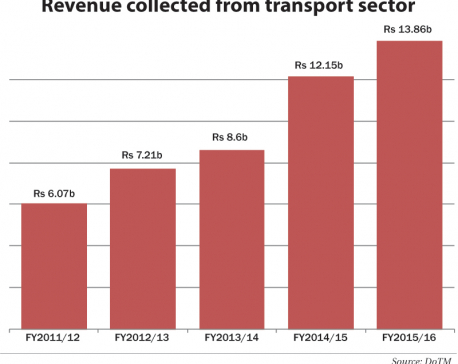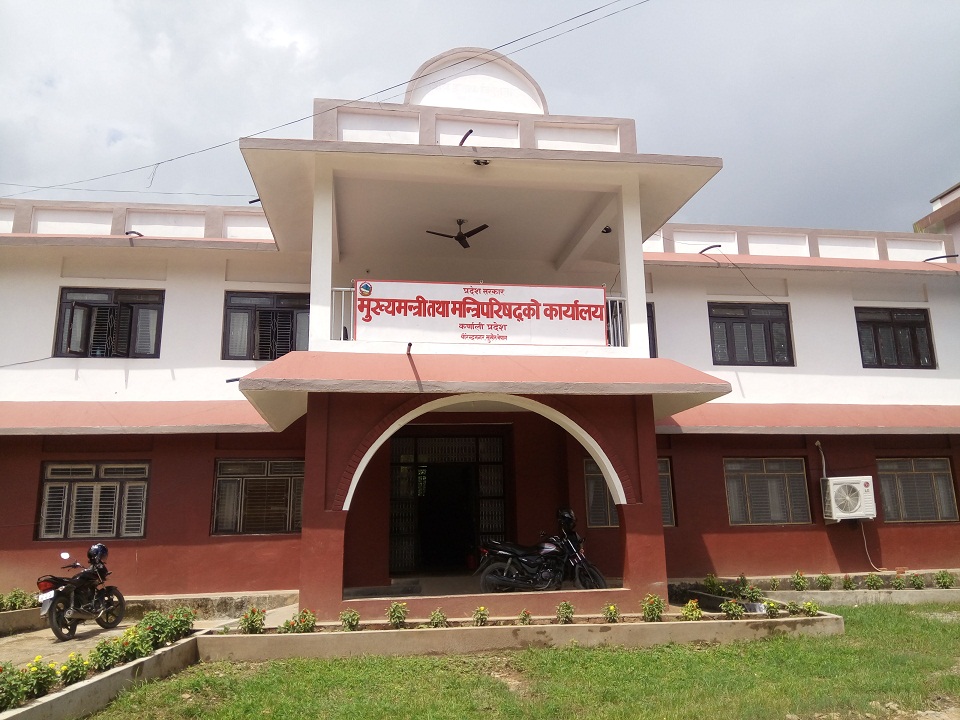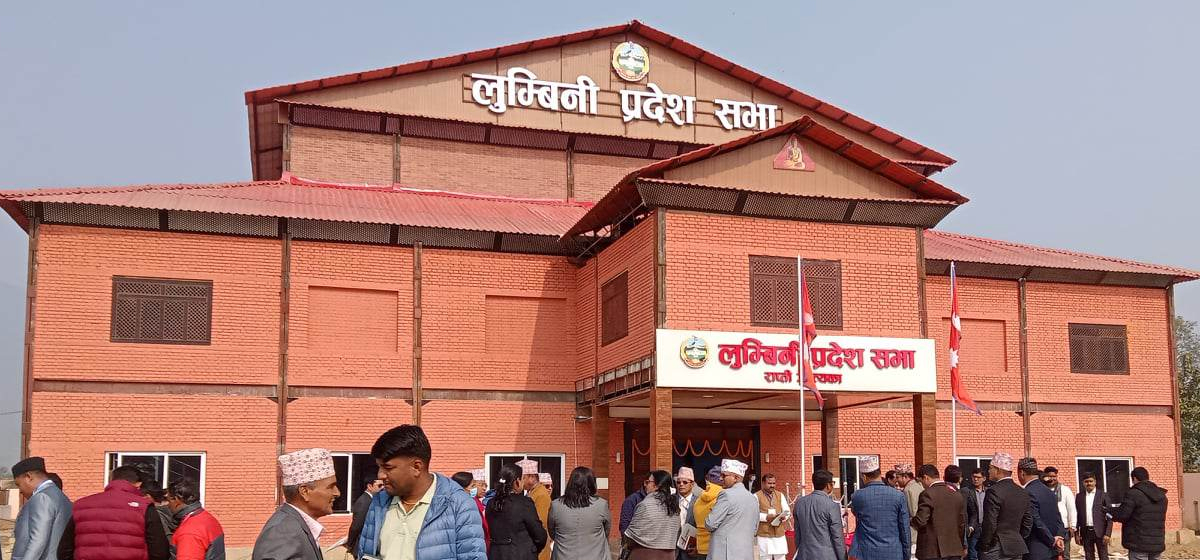
OR
Nearly 30% of govt revenue comes from automobile sector
Published On: August 29, 2016 08:49 AM NPT By: Republica | @RepublicaNepal

The 11th edition of NADA Auto Show is beginning in Kathmandu from Tuesday. The auto show, the largest automobile event in the country, is said to be playing a crucial role in the expansion of automotive sector. In this context, Kuvera Chalise, Sujan Dhungana and Santosh Neupane of Republica talked to Nepal Automobile Dealers Association (NADA) President Anjan Shrestha to talk about problems and challenges of country’s automotive sector. Excerpts:
NADA Auto Show is beginning from Tuesday? How are the preparations going on?
We have already completed all preparations for the NADA Auto Show. All our stalls are booked. Similarly, all the pavilions and individuals stalls have already been built. Finance Minister Krishna Bahadur Mahara is scheduled to inaugurate the event on Tuesday.
How do you think is the auto show contributing in the automotive business in the country?
The auto show is the flagship event of Nepal’s automobile industry. The event has been playing a crucial to boost businesses of auto dealers. Major chunk of business of automobile dealers come from this event. It is one of the reasons behind exponential growth of automobile sector in recent years.
Until, 2010 automobile sector was growing by around 15 percent annually. It has been recording average growth of 25 percent from 2010 onwards. In the last fiscal year, we recorded 40 percent growth in business. It was a biennial event until its second edition. However, we have been organizing it on an annual basis since the eighth edition. The industry has seen outstanding growth in recent years.
Automobile sale is directed related to people’s purchasing capacity. However, the automobile sector grew by more than 40 percent even though the economic growth shrunk to 1 percent. How is it possible?
Yes, this is an interesting fact. However, we should note that economic activities didn’t come down in the aftermath of earthquake and the blockade. Consumption of every good seems to be increasing that time. The growth in the fiscal year is the result of increased money flow in the market. In the aftermath of the earthquake, Nepal received huge remittance and financial assistance. Economic activities in the country increased because of financial assistance by different international agencies and the money sent by migrant workers. Excess liquidity in the banking industry, which lowered interest rates, is the author factor that contributed to rise in automobile sales. Banks offered auto loans at around 6 percent which made vehicles affordable.
Another factor is our bookings received during auto show were not cancelled despite the blockade. Vehicles worth Rs 1.5 billion were booked during auto show last year.
Automobile industry is witnessing x growth. Are road networks and other infrastructures growing simultaneously?
No. Development of roads and other infrastructures is not satisfactory. Only 294 kilometers road has been added in Kathmandu Valley in the past 20 years. Population in the valley exploded in the period, and the number of vehicles has increased at an astounding rate.
Though the government, on the recommendation of NADA, started collecting Road Repair and Maintenance Fee for development of road networks in the country, the amount has been left largely unused. The government has so far collected Rs 7 billion under the heading. Though the amount has been left unused, the government raised Road Repair and Maintenance Fee to 7 percent from existing 5 percent from this fiscal year.
Automobiles are still taken as a luxury in Nepal. What should be done to make automobiles a necessity?
Nearly 30 percent of government revenue come from the automobiles sector. This is enough to explain to contribution of this sector. The foremost thing to be done is to develop sufficient infrastructures like road networks and parking areas. The government should accord top priority to transport sector as other sectors of the economy depend heavily on this sector. Then the government should lower heavy taxes levied on automobiles. This will make cars affordable to people. Today only 7 percent of country’s population has access to two-wheelers, while only 0.75 percent of the population own a four-wheeler which is very low penetration rate compared to other countries.
Setting up automobile assembly plant has been one of the talked about issues in recent years. Is there any possibility of setting up one in Nepal?
We have seen huge potential for assembly plant in Nepal. Nepali private sector is mulling over investing in assembly plant here. We believe that assembly plants will redefine industrialization in Nepal. Assembling industry should be understood as ‘mother of all industries’ as one assembling plant gives birth to number of other industries. One needs to invest at least Rs 5 billion to start assembly plant of four-wheelers. Some have already tried to assemble two-wheelers here. Assembly plants cannot be established without support of the government.
You May Like This

Private sector leaders urge govt to up budget for infra sector
KATHMANDU, May 9: Private sector leaders have urged the government to prioritize infrastructure development in the upcoming budget for Fiscal Year... Read More...

Revenue from automobile sector doubles in five years
KATHMANDU, July 26: Contribution of automobile sector to national exchequer has doubled in five years, thanks to increasing automobile imports. Read More...

'Province govt policy and programmes an imitation of federal govt
SURKHET, June 11: Parliamentary Party leader of Nepali Congress (NC) of Karnali Province Jiban Bahadur Shahi has said that the... Read More...



Just In
- President Paudel approves mobilization of army personnel for by-elections security
- Bhajang and Ilam by-elections: 69 polling stations classified as ‘highly sensitive’
- Karnali CM Kandel secures vote of confidence
- National Youth Scientists Conference to be organized in Surkhet
- Rautahat traders call for extended night market hours amid summer heat
- Resignation of JSP minister rejected in Lumbini province
- Russia warns NATO nuclear facilities in Poland could become military target
- 16th Five Year Plan: Govt unveils 40 goals for prosperity (with full list)














Leave A Comment